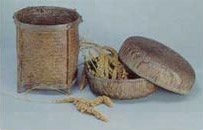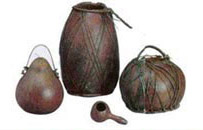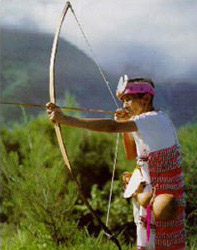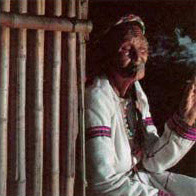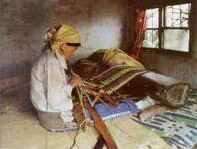
The cultural heritage of Taroko National Park can be divided into three main categories: prehistoric sites, the culture of the Taroko aborigines, and transportation systems of past and present.
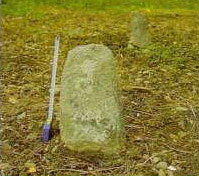
1.Prehistoric Sites
These sites provide evidence of human habitation before recorded history. According to preliminary research, there are seven places of this kind in the park and around the park entrance. Of these the Taroko Site is the most famous. Here 85 upright stones, were found standing in orderly fashion on the Terrace.
This type of upright stone is similar to those of the Chi-Lin culture, but comes from the New Stone Age, like the Pei-Nan culture. Furthermore, both upright stones and stone coffins have been found at this site, indicating a blending of both cultures. Moreover, the lateral flexed burial position found here is similar to that found in the Shi San Hang culture in North Taiwan which dates from the pre-Christian era.
which dates from the pre-Christian era. Thus, it is estimated to be about two or three thousand years old.
The other six prehistoric sites are: Buluowan, Xidagan, Batagan, Bulexengan, Tura-Sag and Xibao. Prehistoric relics, like pottery fragments, stone axes, stone spinning wheels and iron have been found in these places.
